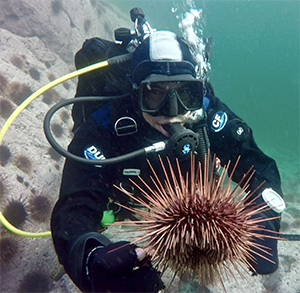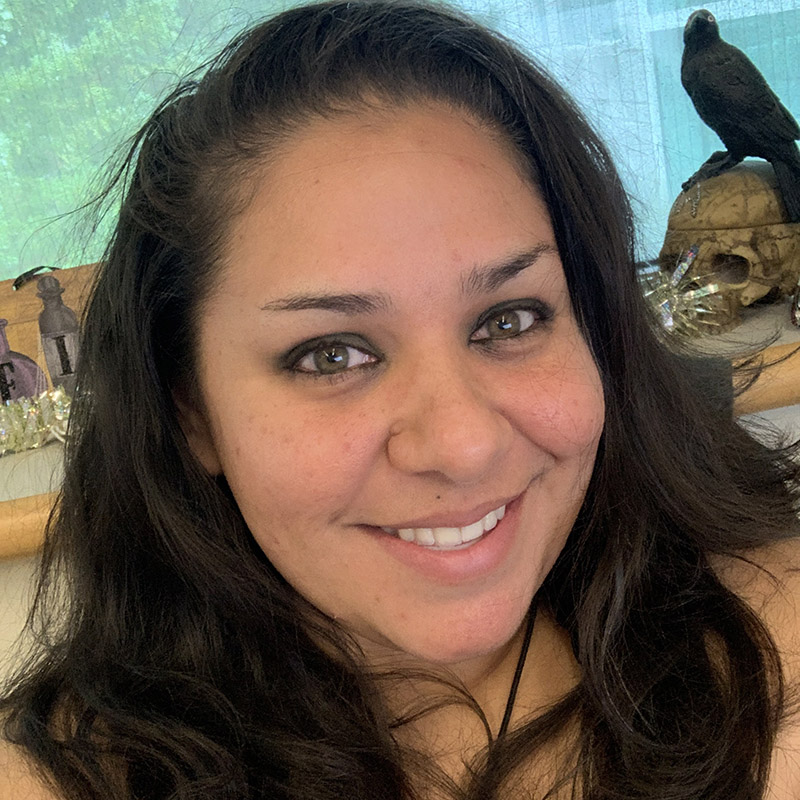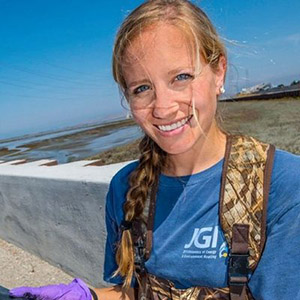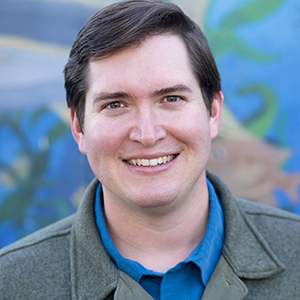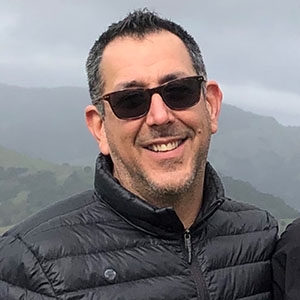Wim Kimmerer, Adjunct Professor Emeritus, EOS Center, SFSU
Apparent competition among four copepod species in the San Francisco Estuary, an estuarine food desert
Abstract: The San Francisco Estuary (SFE) is home to nine copepod species, most introduced 3-4 decades ago. We analyzed potential interactions among four of these introduced species that are abundant during spring-summer in the Low-Salinity Zone (LSZ), the rearing habitat for larval delta and longfin smelt. Since 1987, grazing by the introduced clam Potamocorbula amurensis reduced summer phytoplankton biomass and productivity in the LSZby ~10-fold. The resulting chronic food limitation, together with consumption of copepod nauplii by clams, restricted copepod abundance to low levels during summer of every year since 1987, and produced a “food desert” for young smelt. Eurytemora carolleeae, introduced to the Estuary before monitoring began, was highly abundant year-round in the LSZ until it declined sharply in 1987, and it is now abundant only in spring. The other three copepod species are subtropical and most abundant during summer: Pseudodiaptomus forbesi (detected in 1988) at salinity less than ~2, and Limnoithona tetraspina (1993) and its predator Acartiella sinensis (1993)in salinity of 0.5–10. Since 1993 abundance patterns of these four copepods overlap in season and salinity, superficially suggesting competition. However, this is a case of “apparent competition”, because competition for food is ruled out by the distinct diets and incomplete spatial overlap among the four species. Rather, abundance of each species is influenced by a combination of temperature, freshwater flow, feeding by clams on microplankton and copepod nauplii, and predation. The ability of estuarine copepod species to co-occur may generally be explained better by considering the broader hydrodynamic, thermal, and predatory environment than by competition.
Bio: Dr. Wim Kimmerer is a Research Professor of Biology (Emeritus) at the Estuary and Ocean Science Center of San Francisco State University. He has a Bachelor’s degree in chemistry from Purdue University and a Ph.D. in biological oceanography from the University of Hawaii. Previous positions include a stint in U.S. Navy nuclear submarines, a three-year fellowship at the University of Melbourne, Australia, and a position at a consulting firm in central California. In 1994 he established a zooplankton laboratory at the EOS Center focused mainly on the San Francisco Estuary, studying both the basic ecology of zooplankton and fishes in the estuary, and management concerns such as the maintenance of declining and listed species and the influence of human activities. Current focuses of the laboratory include interactions between physical dynamics of the Estuary and the distribution and dynamics of planktonic organisms, the planktonic food web effects of introduced species, and effects of variation in freshwater flow on fishes, particularly the endangered longfin smelt. He is Principal Investigator of several large projects in the Estuary, including a study of the dynamics of longfin smelt, temporal transitions among a suite of introduced estuarine copepods, and a study of copepod movements into and out of a large tidal wetland. He served as Co-founder and later President of the California Estuarine Research Society, Chair of the Estuarine Ecology Team, Interagency Ecological Program (1995–2015), Co-Chair of the Science Board, CALFED Bay-Delta Ecosystem Restoration Program, and Science Advisor to the San Francisco Bay Subtidal Habitat Goals Project. In 2012 he received the Brown-Nichols Science Award presented by the Delta Science Program for significant research and application of science to manage the estuary, and in 2013 received the Conservation Achievement Award from the Cal-Neva Chapter of the American Fisheries Society. He is a Fellow of the California Academy of Sciences.


